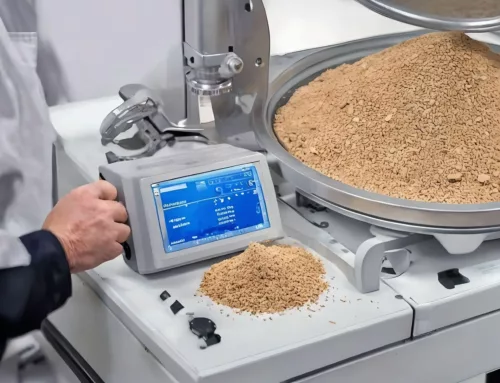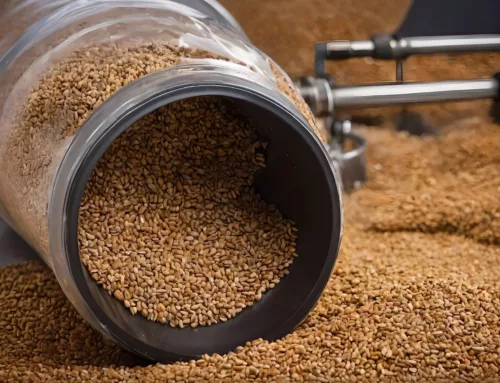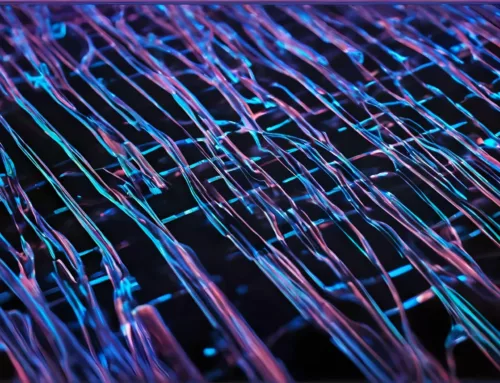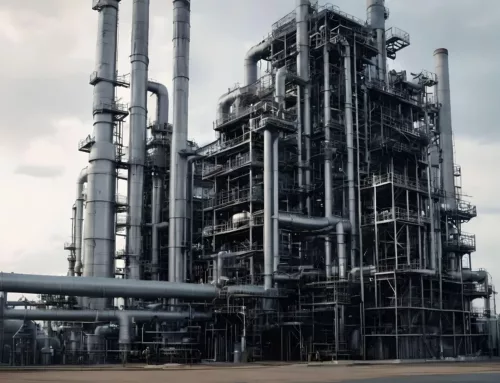Fluid characterization is, without a doubt, a cornerstone of success in the oil and gas industry. In particular, the way you handle testing, sampling, and applying technology can directly impact your bottom line. Therefore, to optimize your operations, here’s a clear guide to the do’s and don’ts.
5 Do’s for Effective Fluid Characterization in Oil and Gas
Conduct Rigorous Sample Testing
Crude oil varies greatly based on geological conditions. Rigorous testing is essential to understand its composition. Use chromatography, distillation, and spectrometry to determine viscosity, sulfur content, and API gravity. These tests provide the data needed to refine strategies, ensuring high-quality output and efficient operations.
Utilize Powder Technology for Impurity Removal
Powder technology is crucial for fluid characterization. Use powdered adsorbents like activated carbon to eliminate impurities such as heavy metals and sulfur, ensuring clean, accurate samples for analysis. Proppants, such as ceramic beads, simulate reservoir conditions in labs, giving you a real-world perspective on fluid behavior during extraction.
Optimize Drilling Fluids with Additives
Enhance drilling fluids by adding powdered polymers such as polyacrylamide to improve viscosity and control fluid loss. These additives stabilize the wellbore and help protect equipment, keeping drilling operations efficient and cost-effective.
Monitor Gas-to-Oil Ratios
Regularly monitor the gas-to-oil ratio (GOR) to understand reservoir dynamics. Knowing your GOR allows you to optimize extraction, ensuring you’re processing gas and liquids efficiently and avoiding reservoir mismanagement.
Focus on Powder Flowability
Control the flowability of powders used in drilling and refining, like bentonite, by managing particle size and density. Proper flowability ensures that materials move smoothly through systems, reducing friction and improving safety, particularly in drilling operations.
5 Don’ts for Fluid Characterization in Oil and Gas
Don’t Neglect Acid Number Testing
Corrosion can cripple your operations. Testing for acid numbers ensures you catch organic acids early, preventing damage to pipelines, tanks, and other critical equipment. Skipping this test could lead to costly downtime and repairs.
Don’t Overlook Crude Oil Variations
Not all crude oils are the same. Variations in properties like API gravity and sulfur content can affect your refining efficiency. Design your processes to handle different crude qualities, or risk lower yields and poor product quality.
Don’t Skip Removing Impurities Before Testing
Impurities like sulfur or heavy metals can distort your test results. Always remove these contaminants using adsorbents before running tests, or you’ll risk flawed data that leads to poor operational decisions.
Don’t Underestimate Temperature and Pressure Effects
Temperature and pressure drastically alter fluid behavior. If your tests don’t account for real-world conditions, your predictions about fluid performance will be inaccurate, impacting the efficiency of your refining process.
Don’t Rely Solely on On-Site Labs for Complex Analysis
While on-site labs are good for routine tests, advanced analysis requires specialized equipment. Don’t hesitate to send samples to off-site labs for deeper insights into fluid composition and behavior. Limiting your tests to on-site labs can leave critical data unexplored.
Conclusion
Fluid characterization is vital for the efficient and safe operation of oil and gas facilities. By following these do’s and don’ts, you’ll optimize your processes, improve product quality, and reduce costly errors. Success in oil and gas comes from precision—get the data right, and your operations will thrive.




